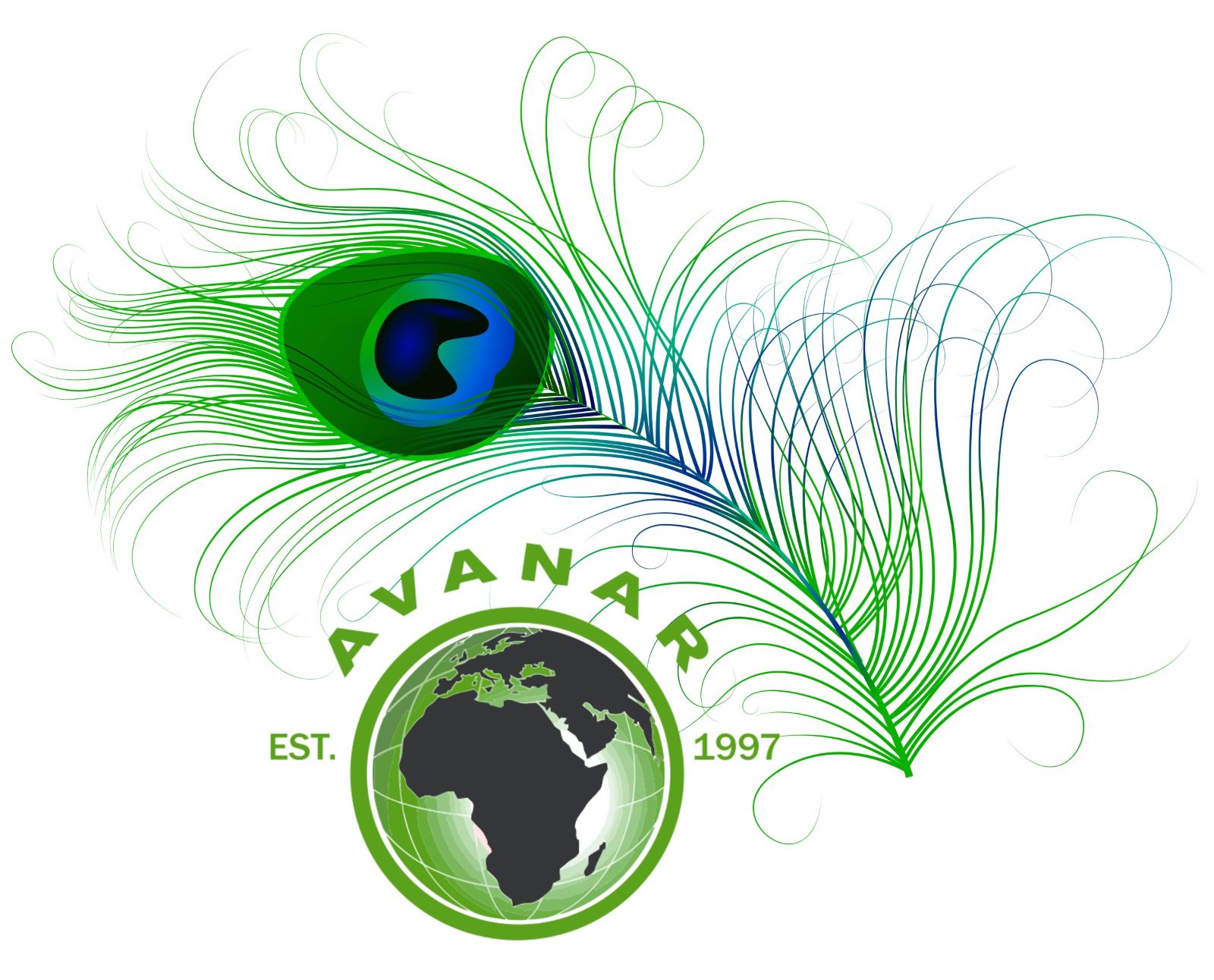Raga Yaman – an evening raga played from sunset to late evening. It is full of grace and majesty, and it creates a mood of devotion and dedication. It suggests unconditional offering of everything one has at the altar of whatever one’s calling may be, asking nothing in return.
What is a raga? Simply put, a raga is the melodic structure based on swara (notes including microtones) of an Indian classical music performance. Tala is the time cycle or rhythm. Together they form the foundation of Indian classical music. There are hundreds of different ragas. Most have specific times of day or seasons associated with them and the raga is considered a means to evoke certain feelings.
Within the framework of each raga, there can be many compositions and songs. All based on the structure that the raga provides. In these simple terms a raga is somewhere between a scale and a song. Each raga has guidelines. Some have fixed ascending and descending scales, while others may leave out certain notes in ascending phrases and use them only in descending phrases. All ragas have “vādi” and “samvādi” notes, which are their most important and second most important notes, and musical phrases in that raga tend to gravitate toward and cluster around these notes. Also, ragas have landing, or resting notes called “nyāsa,” which are notes on which musical phrases in that raga resolve naturally.
It is within this natural resolution that the colour scheme of a raga can be fine-tuned by each instrument and artist. As a musician presents, unfolds and performs the scale and the melodic framework of the raga within their chosen composition, they share the frequencies that are designed to “colour the mind” and affect the emotions of the audience. To touch their hearts.
Ref: Wikipedia and raagist.appspot.com
